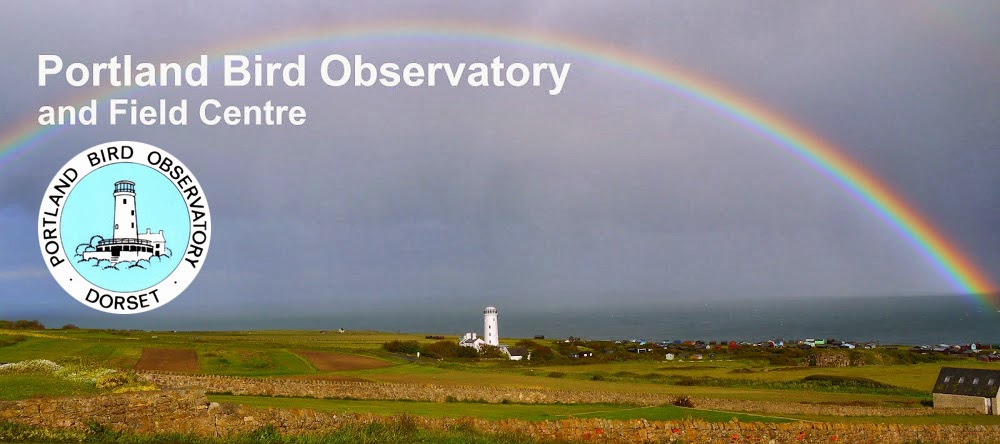A slight anti-climax compared to recent days but there was still plenty of action to keep us on our toes all day. A mystery bird with an unidentified call finally materialised into the bird of the day- a rather smart blue and yellow
Budgie in the obs garden. A close contender for the best bird was the first
Firecrest of the autumn, a young male that blundered into a net in the early morning. With the exception of these two events the day tally was much as we'd expect given the past few days,
Yellow Wagtails continued to be the most conspicuous migrant and
Wheatears maintained a steady stream throughout the day. The flycatcher passage recommenced with a whole island count of 12
Pied Flycatchers and six
Spotted Flycatchers. One
Pied Flycatcher retrapped in the garden was ringed five days ago and has gained over 5g since its initial capture and now weighs a whopping 17.6g.
Whinchats were down on yesterday but still reached a respectable 11 across the obs area, the decline was also noticeable in
Tree Pipits where only 5 were trapped of a much reduced flock within the crown fields. Other singles included an
Osprey fishing in the harbour, a fly-by
Greenshank and a
Reed Warbler in the crown fields.
There were plenty of nice migrant photo opportunities today; Wheatear and Whinchat © Tim Downton...
...Redstart © Debby Saunders...
...Yellow Wagtail and Spotted Flycatcher © Nick Stantiford:
And some of the locals were showing nicely - Little Owl and Stonechat © Tim Downton:





















































